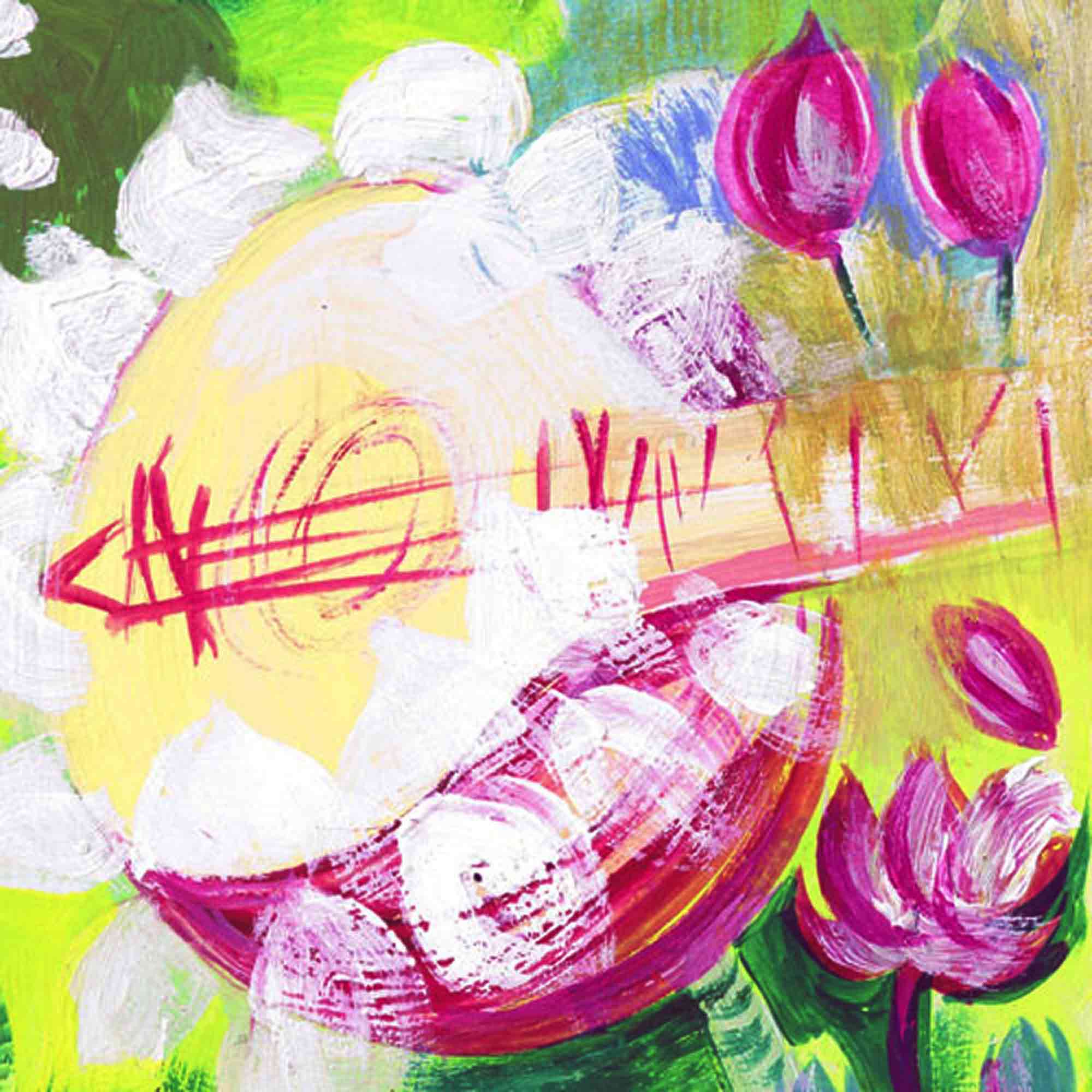It is significant that the poet believes that in the heart of mechanism there is installed a power that can emancipate us from mechanism. He has compared mechanism to a tired mountain. There is a trepidation within, a slowly moving process of disintegration, as a result of which the gigantic mountain will gradually crumble down and slip into the valley. This is how Personality will re-assert itself. Mechanism, therefore, is a temporary eclipse of Personality and will disappear before the incoming tide of Personality.
The parallelism here between the poet’s thought and that of Bergson is remarkable. Bergson believes that it is when the Life-force suffers a check that mechanism makes its appearance. Mechanism, however, disappears again with the restoration of the Life-force. It, therefore, represents only a temporary slowing down or retardation of the Vital Urge. […]
It is in this faith in the ultimate triumph of Personality that the mysticism of Rabindranath lies. The central idea of this mysticism which runs through the plays, Post Office, King of the Dark Chamber, Cycle of Spring, Waterfall and Red Oleanders is that there is an irresistible force shaping the course of the world fighting and conquering mechanism. To the rule of law, which apparently seems to be the last word of Science, there is opposed a force which, though invisible, is gigantic. This force is the force of Personality. Science tries to crush it, but it refuses to be crushed.
RABINDRANATH AND THE PHILOSOPHY OF PERSONALITY by SISIR KUMAR MAITRA in The Golden book of Tagore: a homage to Rabindranath Tagore from India and the world in celebration of his seventieth birthday, p. 145
~~~
The truth Tagore so clearly expresses to-day is one that some Westerners have proclaimed but which transcends all distinctions between East and West because it is a truth about man as man. Let me now select but one aspect of it for emphatic mention. Tagore speaks of an “inner faculty” of our own, which helps us to find our relationship with the supreme self of man; elsewhere he calls this”an inner source of divine wisdom,” or an “inborn criterion of the real.” This is, of course, closely related to the keen sensitiveness which he tells us characterized his mind from infancy. He is occasionally made intensely conscious of an all-pervading personality “answering to the personality of man.” The experience of this inborn criterion is not unlike the “intimate feeling a father has for his son,” in which he “touches an ultimate truth,” the truth of their relationship.
THE INBORN CRITERION by HAROLD E. B. SPEIGHT in The Golden book of Tagore: a homage to Rabindranath Tagore from India and the world in celebration of his seventieth birthday, p. 246





